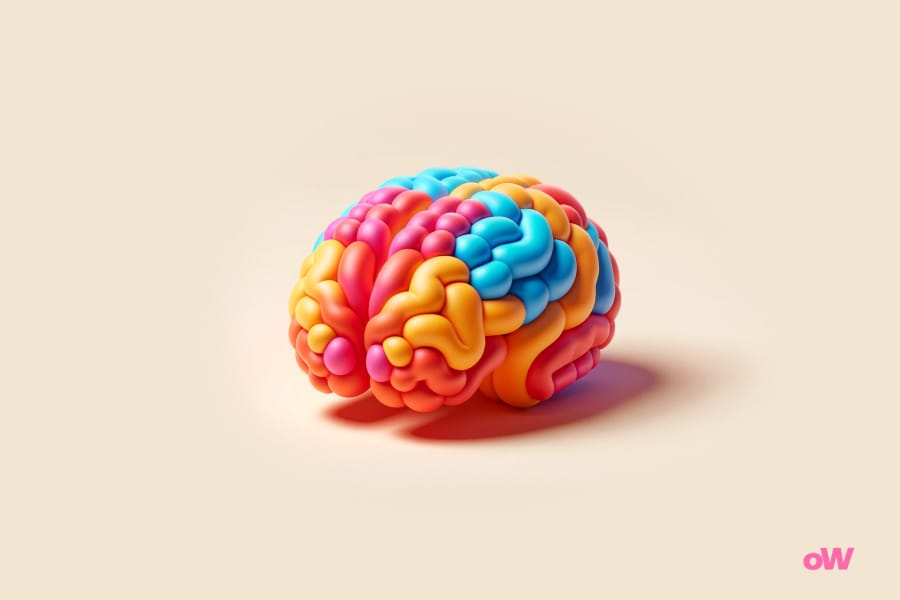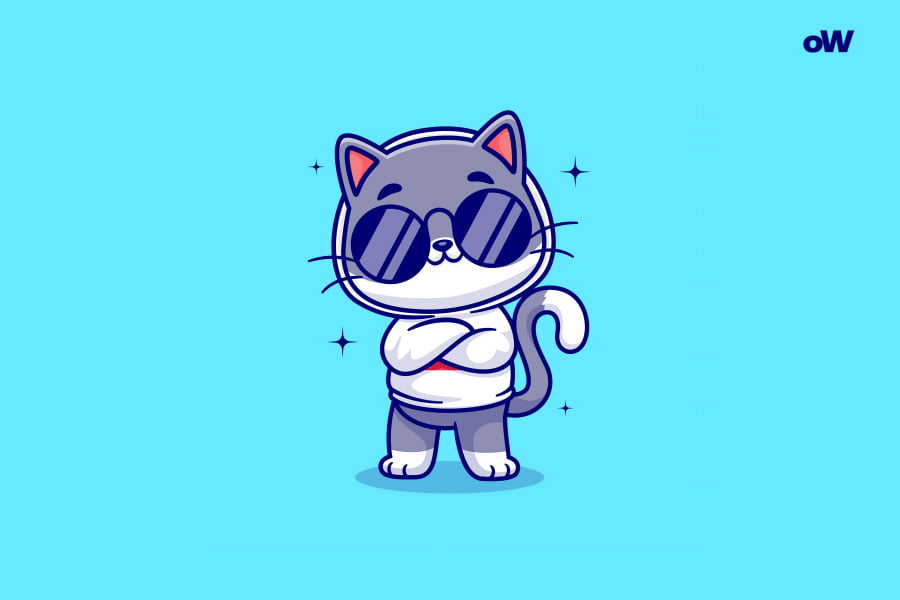Am I Cute Quiz: Rate Your Kawaii Factor!

[qm_quiz id='15022']

I remember how in my childhood, my grandmother would take out an old photo album, and we would spend hours looking at yellowed photographs. "Isn't she just adorable?" she would say, showing another picture where three-year-old me, with a bow bigger than my head, was trying to blow out candles on a cake. Now, years later, I often wonder: what made those moments so special? And why, as we grow up, do we so desperately try to preserve or recapture that very "cuteness" which seemed to be our natural essence?
What is "Cuteness" and How Do We Define It?
Imagine a kitten seeing its reflection in the mirror for the first time, trying to catch it with its paw. Or a three-year-old child carefully trying to tie their shoelaces. What do these scenes have in common? They involuntarily make us smile and trigger a desire to protect, caress, and care for them.
Neurobiologists from MIT conducted a series of studies examining brain responses to "cute" stimuli. It turned out that when seeing something cute, the same area of the brain that's responsible for parental instinct and empathy becomes activated. This is an ancient mechanism embedded in us by nature for species survival: large eyes, round shapes, clumsy movements – all these are signals telling our brain "this creature needs protection."
But the modern understanding of cuteness is much more complex. Take Japanese culture, for example. In the 1970s, artist Yumiko Igarashi created the Hello Kitty character, not suspecting she was launching a global revolution in understanding cuteness. The term "kawaii" has gone far beyond simply designating something pretty. It's an entire philosophy that includes vulnerability, imperfection, sincerity, and the ability to evoke a desire to protect.
How Has the Definition of Cuteness Changed Throughout Different Historical Periods?
In Ancient Greece, the concept of attractiveness was inseparably linked with kalokagathia – the unity of physical and moral beauty. What was considered cute reflected the harmony of soul and body. Ancient sculptors created images where even in children's figures, there was a pursuit of ideal proportions.
The Middle Ages brought an entirely different understanding. In an era when life was short and full of hardships, everything that reminded people of divine providence was considered cute: the innocent look of a child, the gentle smile of Madonna in frescoes, the purity of thoughts reflected in paintings. Interestingly, even angel depictions from that period were often intentionally made "childlike" to emphasize their heavenly nature.
The Renaissance revolutionized aesthetics. Leonardo da Vinci wrote in his diaries about "grace" – a special quality that couldn't be measured with a compass or ruler. It was a natural attractiveness that came from the harmony of movement and facial expression. Artists of that time began to notice beauty in imperfection: the slightly asymmetrical smile of the Mona Lisa became a symbol of mysterious charm.
How Can This Cute Quiz Help You Learn More About Yourself?
Modern psychology views our perception of cuteness as a mirror of our inner world. When we answer questions about what we find attractive, we're essentially mapping our own emotional needs and values.
For instance, if you find moments of awkwardness particularly endearing – say, when someone accidentally spills tea or stumbles over their words – this might indicate your high empathy and ability to find humanity in imperfection. Such people often become excellent psychologists or social workers.
Interestingly, our ideas about cuteness are often connected to childhood memories. If you were particularly moved by fluffy animals in childhood, you'll likely unconsciously gravitate toward similar images in adulthood, finding comfort in their simple, unconditional attractiveness.
Cute Quiz Results and Their Interpretation
Absolute Cuteness: What Does It Mean?
Imagine a person who enters a room, and the atmosphere instantly becomes warmer. They might be wearing ordinary clothes, talking about simple things, but something about their presence makes people feel cozy and calm. This is absolute cuteness – a rare combination of external attractiveness and inner light.
Psychologists note several key components of absolute cuteness:
- Natural movements and facial expressions
- Ability to genuinely enjoy little things
- Skill in creating an atmosphere of safety around oneself
- Absence of pretense about one's attractiveness
Interestingly, people with absolute cuteness often possess a special type of intelligence – they intuitively understand the emotional needs of others and know how to create a space where everyone feels accepted.
Natural Cuteness: What Are Its Features?
Natural cuteness is like a rare talent – it's difficult to describe but easy to recognize. It might be a special way of wrinkling one's nose while thinking, a habit of tucking hair behind an ear, or a characteristic laugh that's impossible not to smile at.
Research shows that natural cuteness is often associated with certain behavioral patterns:
- Spontaneity of reactions
- Sincerity of emotional expressions
- Slight clumsiness or awkwardness in movements
- Ability to be amazed by simple things
It's important to understand that natural cuteness has no age limits. A grandmother who enthusiastically talks about her garden can be just as cute as a small child seeing snow for the first time.
Charm and Appeal: Between Cuteness and Charisma
What's the difference between a cute person and a charismatic one? It's like comparing the warm light of a candle to a bright spotlight. Charisma attracts attention, commands admiration, sometimes even overwhelms. Cuteness, however, creates a space where others want to open up, where they feel safe.
French culture gave the world the concept of "le charme" – a special enchantment that can't be reduced to simple attractiveness. This quality manifests in small things: in how someone holds a coffee cup, how they listen to others, how they react to surprises.
Style and Confidence: Another Type of Cuteness?
The modern world offers a new interpretation of cuteness through the lens of conscious style. It might be a woman in a strict business suit wearing bright socks with cartoon characters, or a rugged man who tenderly cares for his succulent collection.
Studies in social psychology show that we find people most attractive when they can combine opposites: strength and softness, professionalism and spontaneity, confidence and vulnerability.
How to Enhance Your "Cuteness"?
Developing your own cuteness is a journey that begins with self-acceptance. Instead of trying to meet others' standards of attractiveness, try exploring your unique traits. Maybe your special smile only appears when you're talking about favorite books? Or perhaps you have a habit of humming to yourself while cooking?
It's important to understand that cuteness isn't a mask you can put on. It's a quality that manifests through:
- Genuine interest in other people
- Ability to find joy in everyday life
- Capacity to be vulnerable and open
- Willingness to share emotions
- Acceptance of one's own imperfections
Practice active listening – it's not just a skill but a way to create a space where others feel heard. Develop empathy – try to understand not just the words but the feelings of your conversation partner. Learn to notice beauty in small things – in raindrops on a window, in the first spring flowers, in the smile of a passing stranger.
Remember that true cuteness is always authentic. It comes from the harmony between who we are inside and how we express ourselves in the world. It's a quality that makes us more human and helps create connections with other people.
In a world where so much attention is paid to external attractiveness, it's important to remember that true cuteness is the ability to create a space of warmth and acceptance. It's the ability to see beauty in imperfection, find joy in simple things, and share this joy with others. And perhaps this is the main secret of attractiveness – the ability to make the world a little kinder and warmer through your presence.
Questions Overview
[qm_quiz_questions id=15022]






